Grow Broccoli From Seed: Your Guide to a Bountiful Harvest
Growing broccoli from seed might seem daunting, but I promise you, it’s far more rewarding – and easier than you think! This isn’t just about getting fresh, delicious broccoli on your table; it’s about connecting with nature, understanding the life cycle of your food, and experiencing the immense satisfaction of nurturing something from a tiny seed to a flourishing plant. For generations, home gardeners have cherished the simple pleasure of growing their own food, a tradition that connects us to our heritage and provides a sense of accomplishment unmatched by store-bought produce.
I’ve always loved the crisp bite of homegrown broccoli, and the vibrant green color just can’t be beat. That’s why I’m sharing my tried-and-true methods for Grow Broccoli From Seed. This comprehensive guide will walk you through every step, from selecting the right seeds and preparing your soil to harvesting those beautiful, nutrient-rich heads. Whether you’re a seasoned gardener or a complete beginner, you’ll find valuable tips and tricks to help you achieve a bountiful harvest.
Why Grow Your Own Broccoli?
In today’s world, knowing where your food comes from is more important than ever. By growing your own broccoli from seed, you control the quality, ensuring it’s free from pesticides and other harmful chemicals. Plus, there’s nothing quite like the taste of freshly picked broccoli – it’s far superior to anything you’ll find in the supermarket. And let’s be honest, the pride you’ll feel watching your broccoli plants thrive is priceless!
So, let’s get started on this exciting journey of growing broccoli from seed. Get ready to roll up your sleeves, get your hands dirty, and experience the joy of harvesting your own delicious, homegrown broccoli!
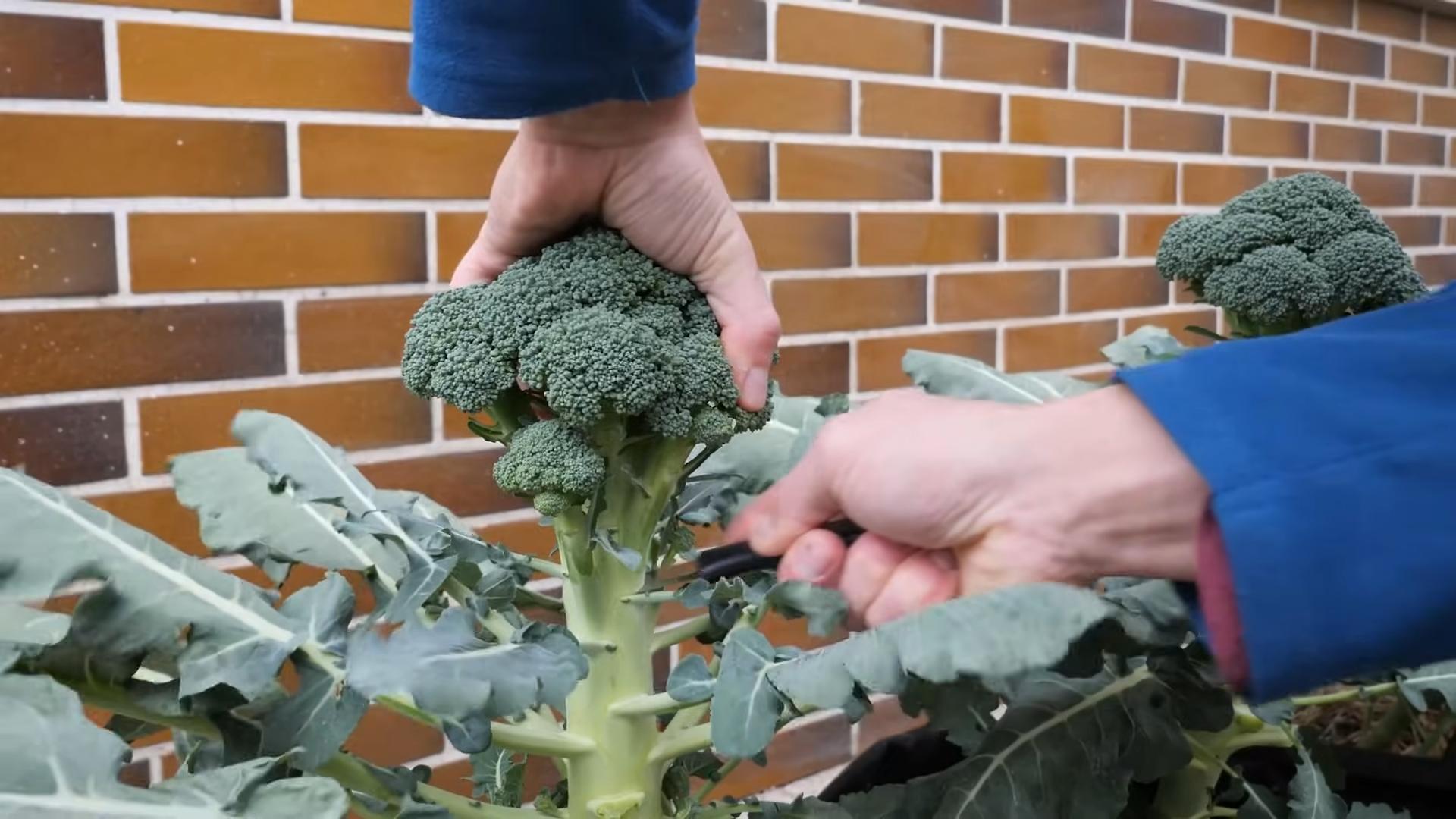
Growing Broccoli From Seed: A Complete Guide
I’ve always loved the taste of fresh broccoli, and nothing beats the satisfaction of growing your own. This guide will walk you through the entire process, from seed to harvest. Get ready to enjoy homegrown broccoli!
Phase 1: Preparing for Planting
- Choose your broccoli variety: Research different broccoli varieties to find one that suits your climate and growing season. Consider factors like days to maturity and disease resistance.
- Source high-quality seeds: Buy seeds from a reputable supplier. Look for seeds that are fresh and have a high germination rate. I usually buy mine online or from a local garden center.
- Select a suitable location: Broccoli needs at least six hours of sunlight per day. Choose a spot in your garden that receives ample sunlight and has well-drained soil. Avoid areas prone to frost or strong winds.
- Prepare the soil: Broccoli thrives in fertile, well-drained soil. Amend your soil with compost or other organic matter to improve its structure and nutrient content. A soil test can help determine if you need to add any specific nutrients.
- Consider starting indoors (optional): Starting seeds indoors 4-6 weeks before the last expected frost allows for an earlier harvest. This is especially helpful in cooler climates.
Phase 2: Starting Seeds (Indoors or Outdoors)
Starting Seeds Indoors:
1. Fill seed starting trays: Use seed starting mix, not garden soil, as it’s lighter and drains better, preventing damping off (a fungal disease).
2. Sow the seeds: Plant seeds about ¼ inch deep and 1 inch apart. Gently firm the soil around the seeds.
3. Water gently: Use a watering can with a fine rose to avoid washing away the seeds. Keep the soil consistently moist but not soggy.
4. Provide light: Place the trays in a sunny location or under grow lights. Broccoli seedlings need at least 12-14 hours of light per day.
5. Maintain temperature: Keep the temperature around 65-75°F (18-24°C).
6. Thin seedlings: Once the seedlings have developed their first true leaves (the leaves that appear after the cotyledons), thin them to one seedling per cell, transplanting the extras to other containers.
Starting Seeds Outdoors:
1. Prepare the seedbed: Loosen the soil to a depth of about 12 inches. Remove any rocks or weeds.
2. Direct sow seeds: Plant seeds about ¼ inch deep and 1 inch apart in rows spaced 18-24 inches apart.
3. Water thoroughly: Water gently after sowing to settle the soil around the seeds.
4. Protect from birds and pests: Use row covers or netting to protect the seedlings from birds and other pests.
Phase 3: Transplanting (If Starting Indoors)
1. Harden off seedlings: Gradually acclimate the seedlings to outdoor conditions before transplanting. Start by placing them outside for a few hours each day, gradually increasing the time over a week.
2. Prepare the planting holes: Dig holes slightly larger than the root balls of the seedlings. Space the holes 18-24 inches apart.
3. Transplant seedlings: Carefully remove the seedlings from their containers, being careful not to damage the roots. Plant them in the holes, ensuring the soil level is the same as it was in the containers.
4. Water well: Water thoroughly after transplanting to help the seedlings settle in.
Phase 4: Ongoing Care
1. Water regularly: Keep the soil consistently moist, especially during dry periods. Water deeply and less frequently rather than shallowly and often.
2. Weed regularly: Remove weeds to prevent competition for nutrients and water.
3. Fertilize (optional): A balanced fertilizer can promote healthy growth. Follow the instructions on the fertilizer package.
4. Pest and disease control: Monitor your plants for pests and diseases. Take appropriate action if necessary, using organic methods whenever possible. Common pests include aphids and caterpillars.
5. Side-dress with compost: Adding a layer of compost around the base of the plants will provide additional nutrients and improve soil health.
Phase 5: Harvesting
1. Harvest at the right time: Broccoli heads are ready for harvest when they are firm and compact. The florets should be tightly closed.
2. Harvesting technique: Use a sharp knife to cut the head, leaving about 4-6 inches of stem attached.
3. Successive harvesting: After harvesting the main head, smaller side shoots will often develop. These can also be harvested.
4. Storage: Store harvested broccoli in the refrigerator for up to a week.
Troubleshooting
Problem: Yellowing leaves
Possible causes: Nutrient deficiency, overwatering, underwatering, or disease. Check your watering practices and consider a soil test.
Problem: Small heads
Possible causes: Lack of sunlight, nutrient deficiency, overcrowding, or improper watering. Ensure adequate sunlight and spacing.
Problem: Pests
Possible causes: Aphids, caterpillars, or other insects. Use organic pest control methods such as insecticidal soap or neem oil.
Problem: Diseases
Possible causes: Fungal diseases like downy mildew or black rot. Ensure good air circulation and avoid overhead watering. Remove infected plants.
Remember, patience and observation are key to successful broccoli growing. Enjoy the fruits (or vegetables!) of your labor!
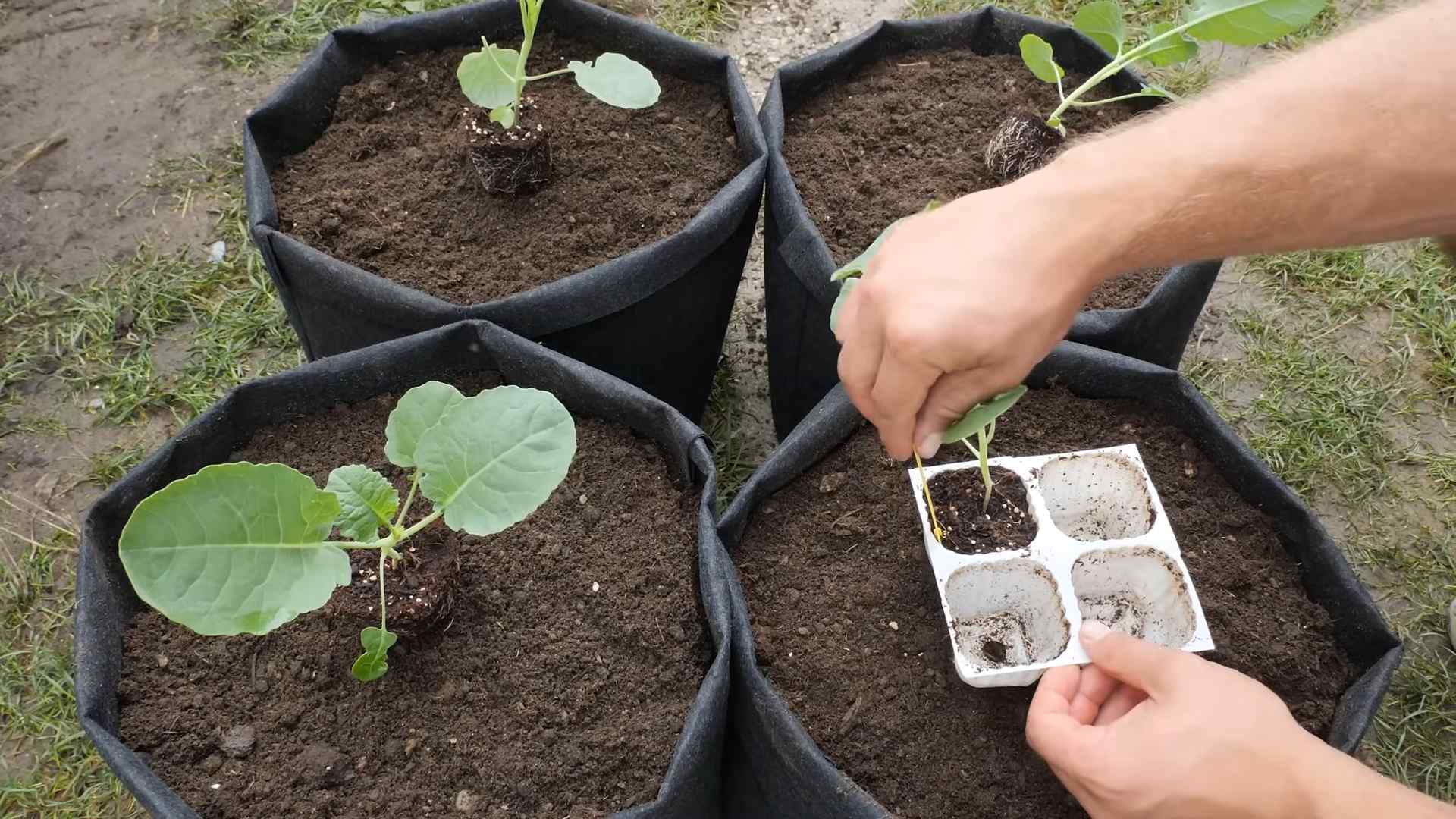
Conclusion
So there you have it – a comprehensive guide to growing broccoli from seed! This DIY trick isn’t just about saving money on grocery bills; it’s about experiencing the unparalleled satisfaction of nurturing a plant from its tiny seed to a bountiful harvest. The vibrant green florets you cultivate yourself will taste far superior to anything you can buy in a store, bursting with freshness and a flavor that speaks of sun-drenched gardens and dedicated care. Growing broccoli from seed is a rewarding journey that connects you directly to the source of your food, offering a deeper appreciation for the natural world and the magic of cultivation. It’s a project suitable for beginners and experienced gardeners alike, offering a flexible and adaptable process that can be tailored to your specific needs and resources.
Beyond the simple satisfaction of growing your own food, this method allows for greater control over the quality and variety of your broccoli. You can choose from a wide range of heirloom and hybrid varieties, selecting those best suited to your climate and personal preferences. Experiment with different planting times to extend your harvest season, or try companion planting with herbs like chamomile or dill to deter pests and enhance the overall health of your plants. Consider starting your seeds indoors under grow lights for an earlier harvest, or direct-sowing them outdoors once the soil has warmed sufficiently. The possibilities are truly endless!
We strongly encourage you to embark on this rewarding adventure. The initial investment of time and effort is minimal, and the rewards are immeasurable. Imagine the pride you’ll feel as you harvest your first homegrown broccoli, knowing you nurtured it from a tiny seed to a flourishing plant. Share your experience with us! Post pictures of your thriving broccoli plants on social media using #GrowBroccoliFromSeed and tag us – we’d love to see your success stories and learn from your experiences. Let’s build a community of home gardeners, sharing tips, tricks, and the joy of cultivating our own delicious and nutritious food. Don’t hesitate – start your seeds today and experience the magic of growing your own broccoli! You won’t regret it.
Frequently Asked Questions
What type of soil is best for growing broccoli from seed?
Broccoli thrives in loose, well-draining soil rich in organic matter. A slightly acidic pH level (between 6.0 and 6.8) is ideal. Amend heavy clay soils with compost or other organic materials to improve drainage and aeration. Sandy soils may benefit from the addition of peat moss or other organic matter to retain moisture. Before planting, ensure your soil is free of rocks and debris. A soil test can help determine your soil’s pH and nutrient levels, allowing you to make necessary adjustments.
When is the best time to plant broccoli seeds?
The optimal time to plant broccoli seeds depends on your climate. In cooler climates, start seeds indoors 6-8 weeks before the last expected frost. In warmer climates, you can direct sow seeds outdoors after the danger of frost has passed. Check your local frost dates to determine the best planting time for your area. Successive sowings every few weeks can extend your harvest season.
How much sunlight do broccoli plants need?
Broccoli plants require at least 6-8 hours of direct sunlight per day to thrive. Choose a location in your garden that receives ample sunlight. If you’re starting seeds indoors, use grow lights to supplement natural sunlight. Insufficient sunlight can lead to weak, leggy plants with reduced yields.
How often should I water my broccoli plants?
Water your broccoli plants regularly, keeping the soil consistently moist but not waterlogged. The frequency of watering will depend on your climate and soil type. During dry periods, you may need to water more frequently. Avoid overhead watering, which can promote fungal diseases. Instead, water at the base of the plants to keep the foliage dry. Mulching around the plants can help retain soil moisture and suppress weeds.
What are some common pests and diseases that affect broccoli?
Broccoli plants can be susceptible to various pests and diseases, including aphids, cabbage worms, and fungal diseases like downy mildew. Regularly inspect your plants for signs of pests or diseases. Implement preventative measures such as crop rotation, companion planting, and maintaining good garden hygiene. Organic pest control methods, such as insecticidal soap or neem oil, can be effective against many common pests. For fungal diseases, ensure good air circulation and avoid overhead watering.
What should I do with my harvested broccoli?
Harvest broccoli when the heads are firm and tightly closed. Use a sharp knife to cut the heads, leaving a few inches of stem attached. Store harvested broccoli in the refrigerator in a plastic bag for up to a week. You can also freeze broccoli for longer storage. Blanch the broccoli briefly in boiling water before freezing to maintain its quality and color. Enjoy your homegrown broccoli in a variety of dishes!
Can I save seeds from my homegrown broccoli to plant next year?
While you can technically save seeds from your broccoli, it’s important to note that broccoli is a hybrid plant, meaning the seeds may not produce plants identical to the parent plant. If you want to maintain a specific variety, it’s best to purchase new seeds each year. However, if you’re interested in experimenting, you can allow some of your broccoli heads to go to seed and collect the seeds once they are fully dry. Remember to label your saved seeds with the variety and year.

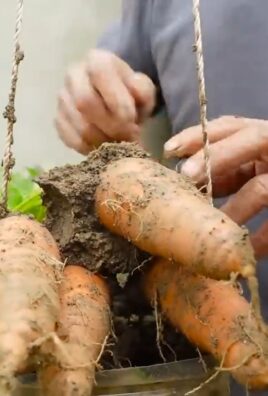
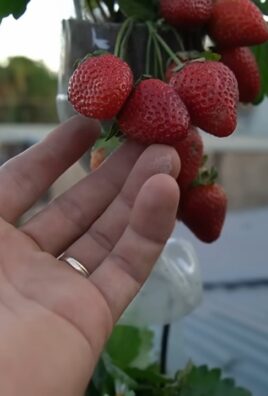
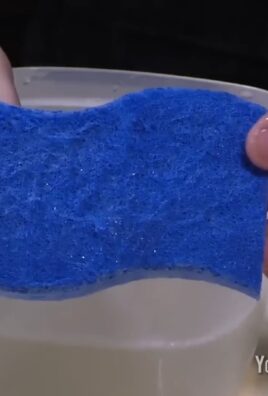
Leave a Comment